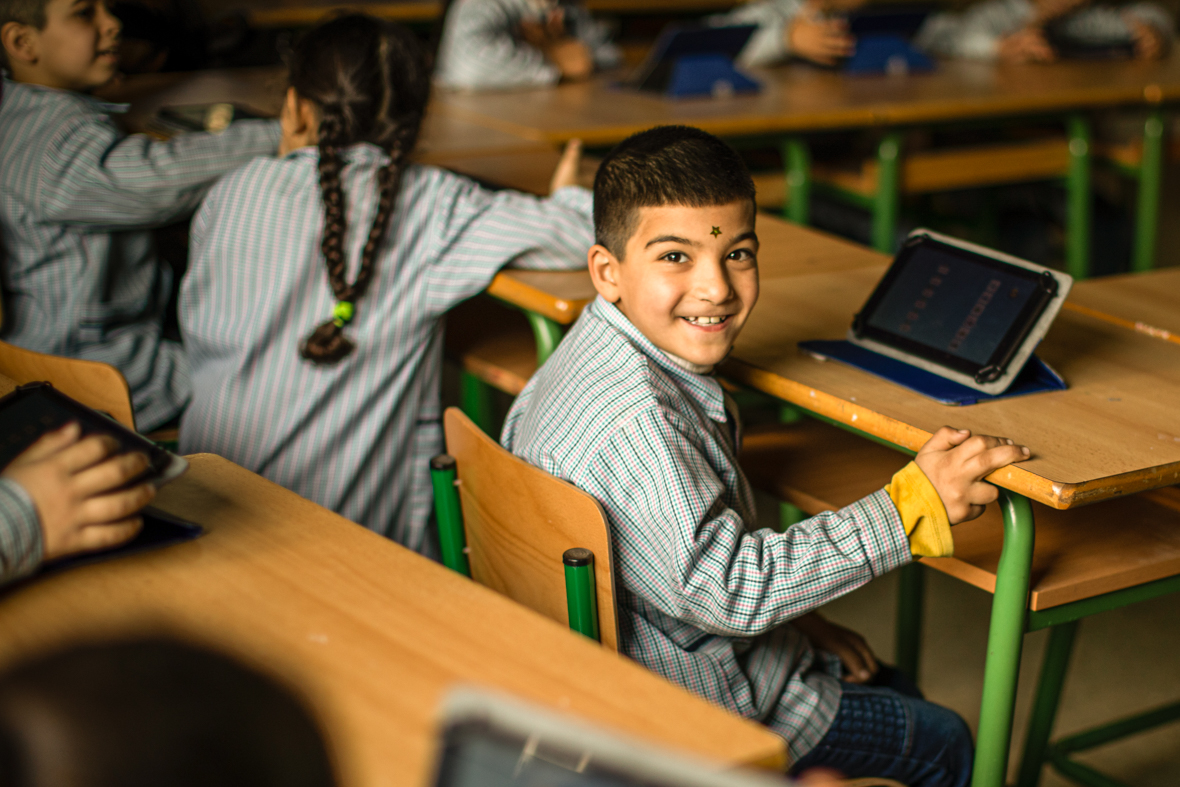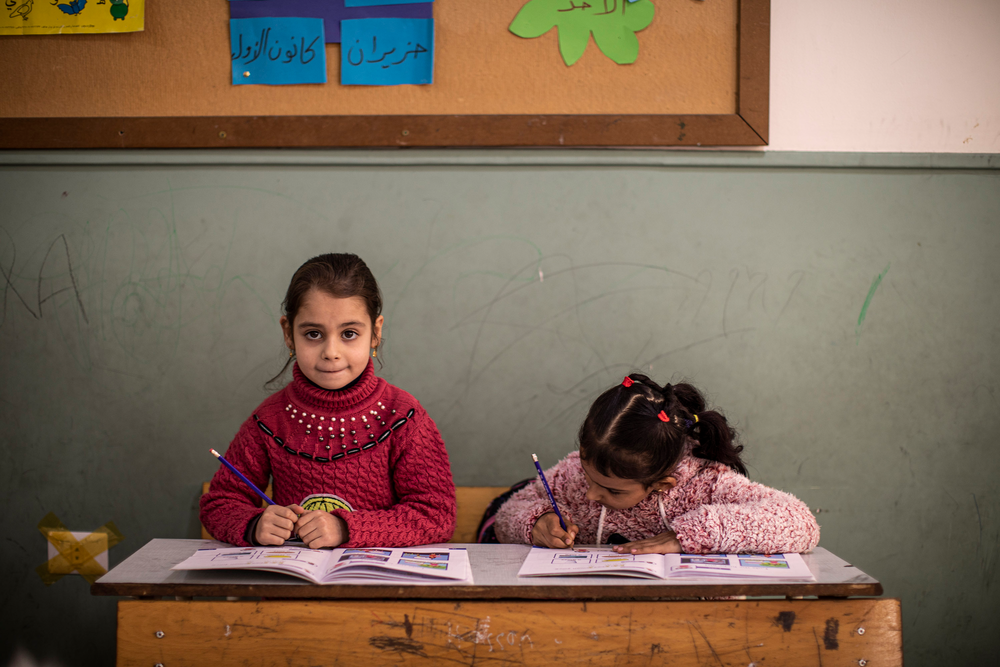
Gordon Brown: Nepal disaster shows why emergency aid fund for education is needed
Education funding, Education in emergencies
A boy stands in wreckage of home in village of Dolakha
A disaster happens. Bilateral aid is promised. Then the waiting game begins. It is a pattern that is all too common, and it is one that, sadly, is being repeated in Nepal.
More than a week after the earthquake and aftershocks killed more than 7000 people and devastated the capital, Kathmandu, and despite the mobilisation of massive amounts of aid from international agencies, the country’s finance minister had yet to receive any of the money promised by foreign countries.
Disaster aid for education in such circumstances almost always flows far too slowly, because there is no central pool of funds available to be distributed when a crisis erupts. And for the children of Nepal, the consequences are doubly devastating. More than 1.7 million children require immediate aid, according to UNICEF Australia.
More than 16,000 schools have been damaged, including some 5000 that were completely destroyed. Of the 500 schools in the hard-hit Gorkha district, 450 have been leveled or are now derelict.
The United Nations is doing what it can. According to the UN resident co-ordinator, there has been a quick airlift and supply of materials – such as the well-known “School in a Box,” a pre-packaged educational kit suitable for teaching up to 40 children, Early Childhood Development Kit, and Recreation Kits – for displaced boys and girls.
In the meantime, the best that can be hoped for Nepal’s children is that tents and shelters can be brought in to create Child-Friendly Spaces.
An entire education system is under threat. Schools that remain intact are now housing the homeless, and school buses have been requisitioned to help victims travel out of Kathmandu. As the death toll spirals upward and the full horror unfolds, much of the relief effort is on hold, unable to move ahead until the funds that have been promised arrive – a process that could take weeks or months.
The ruins of one of the oldest schools in Kathmandhu
The world must end this paralysis. With established pools of aid being stretched to address immediate needs – medical assistance, shelter, and food – education is being neglected. Indeed, only a fraction of humanitarian aid budgets, roughly 1%, is allocated to education.
Meanwhile, long-term development budgets are set in stone years in advance and lack the flexibility to respond to natural and man-made disasters.
A humanitarian fund for education in emergencies needs to be established, and soon, so that when calamity strikes, vulnerable children are not forced to wait in misery and insecurity while the adults pass around the begging bowl.
Such a pool of money would help the roughly 50% of the world’s children who are out of school – some 28 million boys and girls – because of conflicts, civil wars, or humanitarian emergencies.
It would have been helpful during the Ebola outbreak, when extra funding would have helped to reopen schools quickly, rather than leaving five million children unable to pursue their studies.
It could provide opportunities for students in Iraq and Palestine whose schools were destroyed and have yet to be reopened, as well as for some half-million Syrian children in Lebanon, displaced by four years of mayhem.
In the case of Nepal and other disaster-prone regions, the fund could, and should, be used to strengthen immediate relief plans, improve coordinated responses, and support longer-term efforts to bridge humanitarian relief and development, including preventive measures, such as retrofitting schools.
Syrian refugee children at temporary class in Lebanon camp Picture: UNICEF/Romenzi
Initial reports following the recent disaster suggest that schools that were retrofitted as a precaution against earthquakes (the typical cost was $8000) escaped most of the damage.
No one is asking donors to make education a priority over immediate life-saving responses, or that financing be diverted from other emergency relief efforts.
But it is crucial to realise that, for children, educational opportunity underpins all humanitarian and development interventions. Schools provide more than the skills that children will need in later life; they also serve as vehicles for disseminating life-saving health and safety information.
The average refugee child spends more than 10 years in exile; that child’s education cannot wait until he or she is able to return home.
Education may not provide humanitarian support in exactly the same way that the provision of medical care, food, or shelter does, but the risks facing children out of school during crises – including labor, marriage, human trafficking, and recruitment as soldiers – can be as grim as any other type of suffering.
On July 7, the Norwegian government will convene a conference on education in Oslo. The assembled leaders and policymakers should take the opportunity to heed the call of organisations – such as the International Network for Education in Emergencies, UNICEF and UNHCR – to ensure that no child falls into the gap between humanitarian and development assistance.
Schools provide their students with something that no other service or humanitarian assistance program can offer: hope of a return to normalcy and of a future worth planning for after those delivering the emergency response have left.
This article originally appeared on Project Syndicate on May 6.
More news

